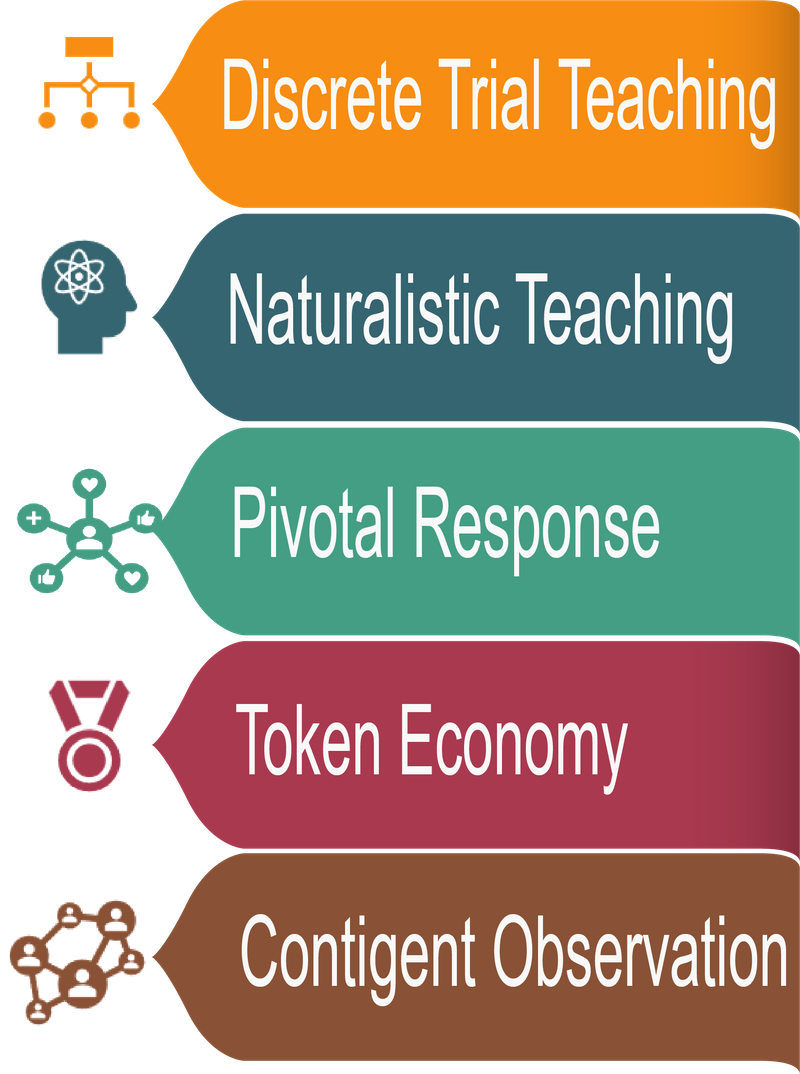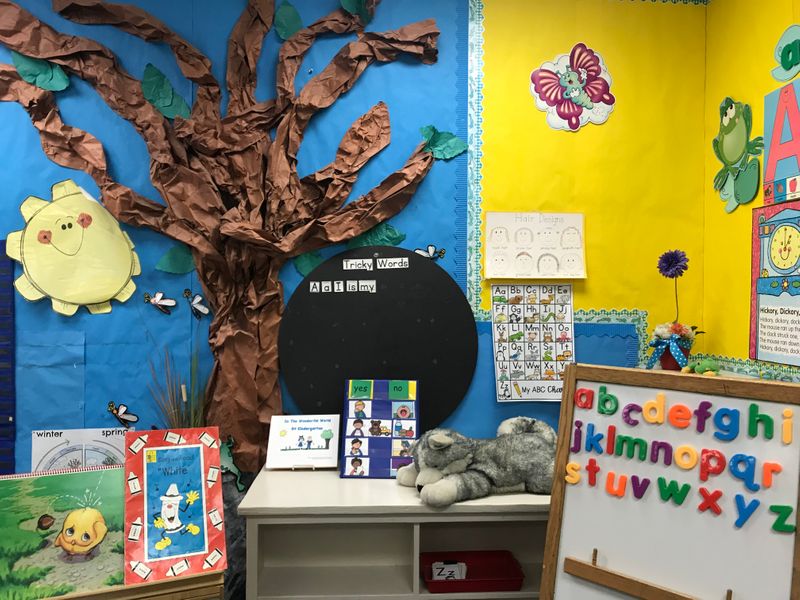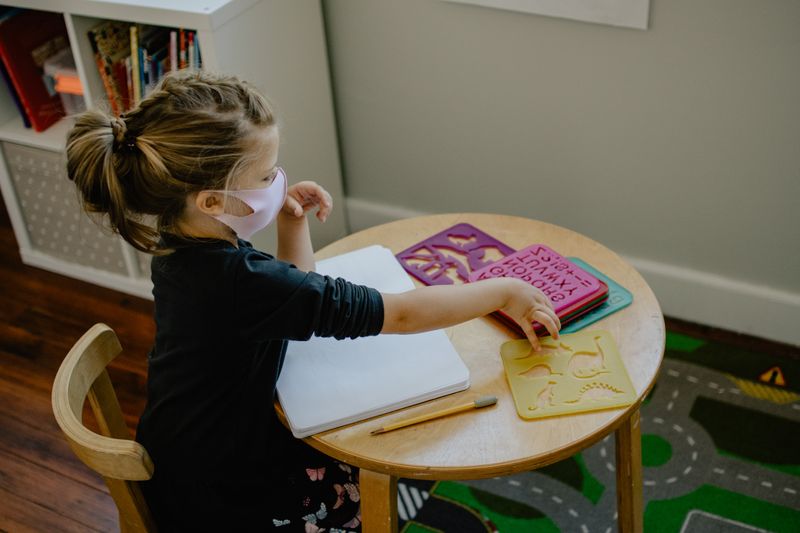Are you a dedicated teacher who wants to address behavior challenges and promote appropriate conduct in your classroom?
 Photo by Tim Mossholder on Unsplash
Photo by Tim Mossholder on UnsplashImagine determining the motivation and purpose behind specific behaviors and strategically modifying your classroom environment to support positive conduct.
Applied behavior analysis techniques provide a scientific approach to understanding and modifying behavior, equipping you with the tools and knowledge you need to create a positive learning environment for diverse students.
What is Applied Behavior Analysis (ABA)?
Applied behavior analysis (ABA) techniques in the classroom are the systematic application of evidence-based strategies to analyze and modify behavior, promoting positive learning outcomes for students.
Why should you implement applied behavior techniques?
Imagine those moments when you encounter students struggling with transitions, throwing tantrums, showing impatience, inattentiveness, or even bouts of aggression.
With ABA, you hold the key to unlocking their potential and creating a truly facilitative learning environment.
By implementing ABA techniques, you can foster positive behavior, empower your students, and witness a remarkable transformation in your classroom dynamics.
5 applied behavior analysis techniques:

1. Discrete Trail Teaching
 Discrete trail teaching (TTT) is a structured teaching technique that breaks down skills into smaller, "manageable parts."
Discrete trail teaching (TTT) is a structured teaching technique that breaks down skills into smaller, "manageable parts."
It involves presenting straightforward instruction or cues, extracting a specific response from the learner, and providing immediate feedback or reinforcement.
How can you implement DTT in the classroom?
Provide clear instructions and cues:
Use simple language and visual cues if necessary.
Eg. If the skill is about identifying colors, the teacher might say, "Point to the blue card."
Provide prompts and encourage the learner:
Initially, the prompts can be more directive, such as physically guiding the student's hand to point to the correct color card.
As the student progresses, prompts can encourage independent responses.
Reinforce learning and provide feedback:
When the student responds correctly, provide immediate positive reinforcement, such as praise, a token, or a small reward.
If the student responds incorrectly, you may provide corrective feedback and repeat the exercise.
Repetition and data collection:
DTT typically involves a high rate of repeated trials to ensure skill mastery.
Collect student performance data during each trial to track progress and make instructional decisions.
A Classroom Scenario:
You're conducting a discrete trial teaching session with a student. The task is to identify the color of different flashcards. You hold up a blue flashcard, and the student correctly points to it.
How should you offer immediate positive reinforcement to the student?
A. Provide verbal praise, saying, "Great job! You correctly identified the blue card!"
B. Increase the difficulty level of the task to challenge the student further.
C. Conduct additional trials of color recognition to reinforce the skill.
Quiz
Choose the option from the above scenario that best suits to your approach.
2. Naturalistic Teaching

Naturalistic teaching is an instructional approach that promotes learning in a natural and authentic environment, focusing on the learner's interests and using their natural motivations.
It involves creating opportunities for learning through everyday activities and interactions.
How can you implement naturalistic teaching in the classroom?
You can use naturalistic teaching strategies such as incidental teaching, and natural language paradigm.

Incidental teaching:
Capitalize on naturally occurring situations to teach targeted skills.
Identify and seize teaching moments based on the student's interests or needs.
Eg. During a playtime session, you observe a student struggling with sharing toys. You seize the opportunity to provide minimal support and give verbal prompts to help the child.
Natural language paradigm:
Focus on facilitating language development through meaningful interactions.
Engage the learner in conversations and activities that stimulate language use.
Eg. In a science lesson about weather, you can encourage students to discuss their experiences about their favorite weather, fostering language skills while connecting to the topic.
3. Pivotal Response Treatment (PRT)

PRT is a child-centered, naturalistic behavioral intervention method that focuses on pivotal areas of development. It aims to improve communication, social interaction, motivation, and self-management skills in individuals.
How can you implement pivotal response treatment in the classroom?
Motivate students:
Identify the student's preferred activities, objects, or topics.
Use the student's interests to increase engagement and willingness to participate in learning activities.
Eg. You notice a student is highly interested in dinosaurs. During a language lesson, you incorporate dinosaur-themed materials, books, or activities to capture their attention and increase motivation for learning.
Promote self-initiation:
Encourage students to initiate interactions and activities independently.
Create an environment that promotes exploration and independent decision-making.
Prompt and reinforce self-initiated actions and requests.
Eg. Encourage the student to choose a topic related to dinosaurs and create a short presentation. The child independently selects "Types of Dinosaurs" as the topic and presents it to the class, initiating the activity on their own.
Encourage self-management:
Teach students self-monitoring and self-regulation skills.
Use visual supports, such as schedules and task lists, to help them organize their activities.
Show students how to set goals and provide opportunities for them to assess their progress.
Eg. Provide the student with a visual schedule outlining their daily activities. The student independently checks off completed tasks and receives a small reward when they successfully manage their schedule.
4. Contingent Observation

Contingent observation involves closely monitoring students' behavior or performance. It requires providing immediate feedback and reinforcement based on students' actions or achievements.
How can you implement contingent observation in the classroom?
Identify specific behaviors or goals that you want students to exhibit or achieve.
Eg. Establish the goal of encouraging active participation, such as providing thoughtful responses or asking questions.

Monitor student behavior to identify when they exhibit the desired behavior or make progress towards the goal.
Eg. During a class discussion, you observe students' verbal contributions and nonverbal engagement.
Provide immediate feedback and reinforce consistently.
Eg. When a student actively participates by providing a thoughtful response or asking a relevant question, you immediately acknowledge and praise the student.
5. Token Economy
 A token economy includes using tokens or points as a form of currency to reinforce desired behaviors. It's based on the idea that if we reward someone for doing something good, they're more likely to keep doing it.
A token economy includes using tokens or points as a form of currency to reinforce desired behaviors. It's based on the idea that if we reward someone for doing something good, they're more likely to keep doing it.
How can you implement the token economy in the classroom?
Establish a token system.
Eg. Introduce the token economy system to the class, explaining that students can earn tokens for active participation and completing assignments.
Define token values and rewards.
Eg. Each time a student actively participates or completes an assignment, they receive a token as immediate positive reinforcement.
Develop a system for token distribution and collection.
Eg. Set a value for the tokens, such as 2 tokens for active participation and 5 tokens for completing assignments.
Reinforce behavior and reward redemption.
Eg. Create a reward menu that includes options like extra free time, choosing a class activity, or a small prize. Students can use their tokens to redeem rewards from the menu based on the number of tokens required for each reward.
Using Applied Behavior Analysis in the Classroom
 Photo by Monica Sedra on Unsplash
Photo by Monica Sedra on UnsplashWhen you strive to understand the underlying causes behind your students' reactions, you should:
Uncover the reasons for specific behavior, and develop a well-informed plan based on positive reinforcement.
Gain insights into the consequences of different behaviors, promoting awareness within the classroom.
Commit to transforming the classroom environment to foster appropriate behavior and maintain an optimal learning environment.
Acknowledge that not every behavior displayed necessitates a particular intervention.

Test Your Knowledge
Imagineyou're a teacher implementing naturalistic teaching strategies in your classroom. One of your students, who already strong has language skills, is engaged in playtime.
You set up an interesting environment and want to encourage the student to use their communication skills to interact and request what they want to play with.
Quiz
Based on the scenario above, which naturalistic teaching strategy would be most appropriate for this student?
Take Action
 Photo by Element5 Digital on Unsplash
Photo by Element5 Digital on UnsplashPut your knowledge into practice by taking these next steps:
Your feedback matters to us.
This Byte helped me better understand the topic.



